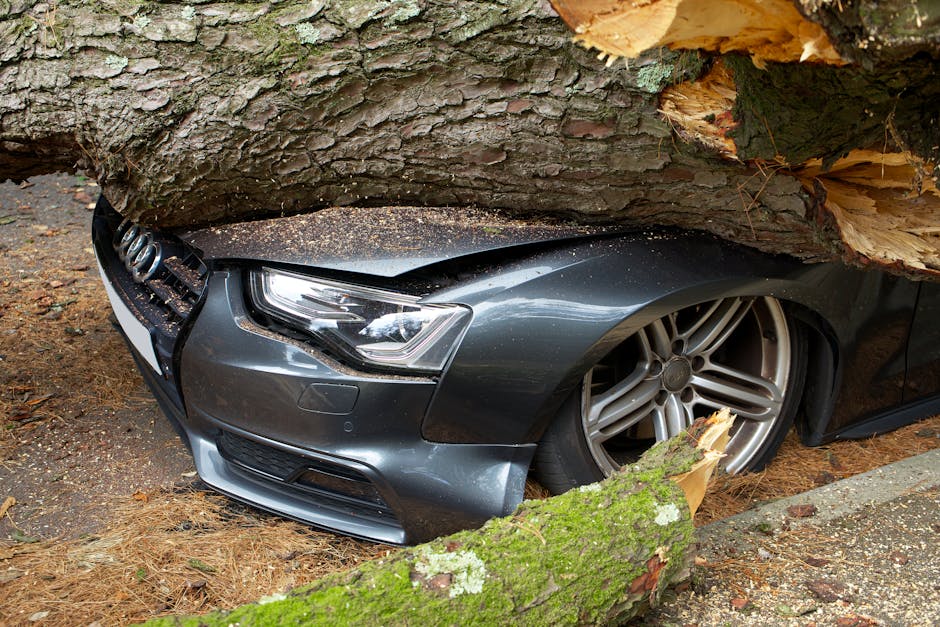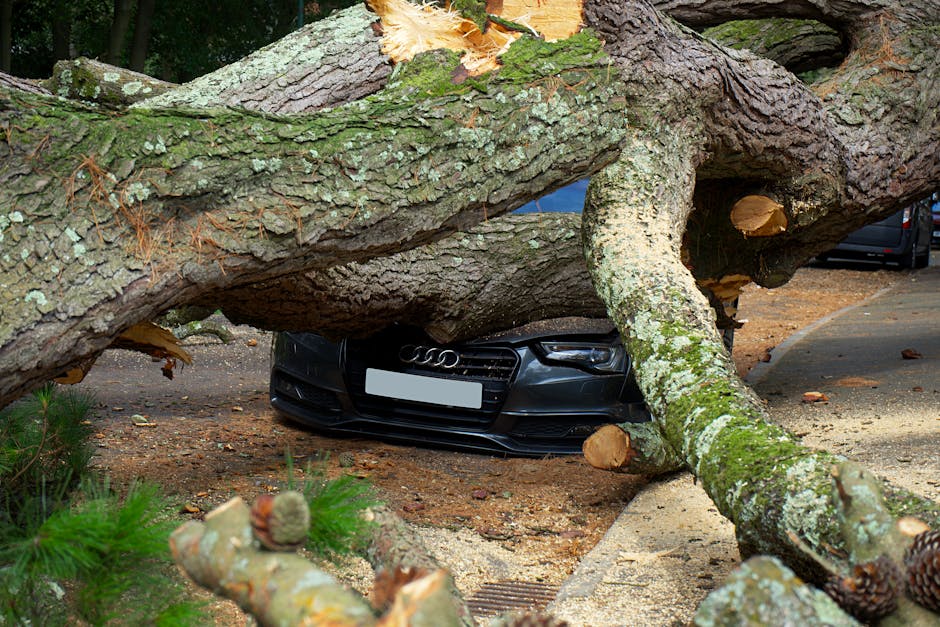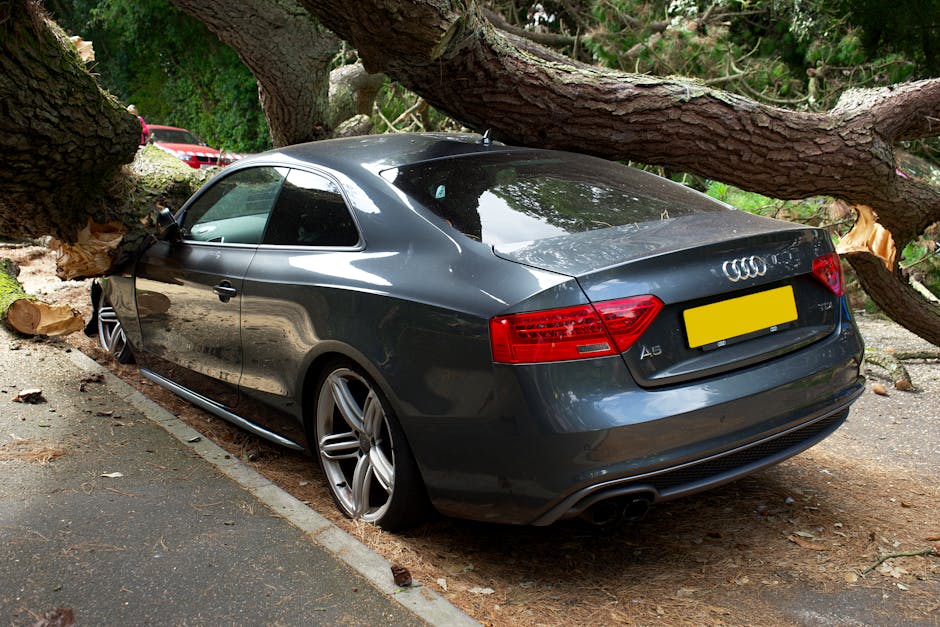The Impact of Vehicle Type on Insurance Rates
When it comes to purchasing car insurance, there are a multitude of factors that come into play in determining the rates you will pay. One crucial element that significantly influences the cost of your insurance is the type of vehicle you drive. Whether you own a compact sedan, a luxury SUV, or a sports car, the make and model of your vehicle can have a substantial impact on the premiums you are required to pay.
In this comprehensive guide, we will delve into the intricate relationship between vehicle type and insurance rates. We will explore the various factors that insurers consider when evaluating the risk associated with different types of vehicles, as well as provide insights into how you can navigate this aspect of car insurance to make informed decisions. So buckle up, as we embark on a journey to uncover the fascinating world of the impact of vehicle type on insurance rates.
The Role of Vehicle Type in Insurance Premiums

When you apply for car insurance, insurance companies assess the risk associated with insuring your vehicle. The type of vehicle you drive is a crucial factor that insurers consider when determining your insurance premiums. Different types of vehicles are associated with varying levels of risk, which can impact the cost of coverage.
For example, sports cars and luxury vehicles are often more expensive to insure compared to compact cars or sedans. This is because sports cars are generally more powerful, faster, and have a higher likelihood of being involved in accidents. Luxury vehicles, on the other hand, are more expensive to repair or replace in case of a collision, leading to higher insurance premiums.
Factors Influencing Insurance Rates Based on Vehicle Type

Several factors related to the type of vehicle you drive can influence your insurance rates. Let’s explore some of the key elements that insurers take into consideration:
1. Cost of the Vehicle
The cost of your vehicle is a significant determinant of your insurance premiums. If you drive an expensive car, insurers will likely charge higher premiums to cover the costs associated with repairing or replacing the vehicle in case of an accident. Luxury vehicles and high-end cars are more expensive to insure due to their high market value.
2. Safety Features
The safety features of your vehicle can impact your insurance rates. Vehicles equipped with advanced safety features such as airbags, anti-lock brakes, lane departure warning systems, and backup cameras are considered safer and are eligible for discounts on insurance premiums. On the other hand, vehicles lacking these safety features may result in higher insurance costs.
3. Vehicle Performance
The performance of your vehicle, including its horsepower, speed capabilities, and acceleration, can influence your insurance rates. High-performance cars, such as sports cars, are more likely to be involved in accidents due to their speed and agility, leading to higher insurance premiums. Insurers often charge more to cover the increased risk associated with powerful vehicles.
4. Theft Rates
The likelihood of your vehicle being stolen is another factor that insurers consider when determining your insurance rates. Some vehicles are more attractive to thieves due to their popularity or lack of security features. If you drive a vehicle with a high theft rate, you may face higher insurance premiums to account for the increased risk of theft.
How to Save on Insurance Premiums Based on Vehicle Type

While the type of vehicle you drive can impact your insurance rates, there are strategies you can employ to save money on premiums:
1. Choose a Safe and Reliable Vehicle
Opting for a vehicle with excellent safety ratings and reliable performance can help lower your insurance premiums. Vehicles with advanced safety features and a track record of reliability are considered lower risk by insurers, resulting in potential discounts on premiums.
2. Consider the Cost of Insurance Before Purchasing a Vehicle
Before buying a new car, it’s essential to research the insurance costs associated with the vehicle. High-performance cars, luxury vehicles, and models with high theft rates typically come with higher insurance premiums. By considering insurance costs upfront, you can make an informed decision that aligns with your budget.
3. Bundle Your Policies
Many insurance companies offer discounts to policyholders who bundle their auto insurance with other types of coverage, such as homeowners or renters insurance. By consolidating your policies with one insurer, you may be eligible for significant savings on your premiums.
4. Maintain a Clean Driving Record
A history of safe driving can qualify you for lower insurance rates. By avoiding traffic violations, accidents, and claims, you demonstrate to insurers that you are a responsible driver, which can result in discounts on your premiums.
Expert Opinions on Vehicle Type and Insurance Rates

We reached out to insurance experts to gather their insights on the impact of vehicle type on insurance rates. According to Sarah Johnson, an insurance analyst at XYZ Insurance, “The type of vehicle you drive plays a significant role in determining your insurance premiums. Insurers assess the risk associated with the make and model of your car, considering factors such as cost, safety features, and performance.”
John Smith, a car insurance agent at ABC Agency, adds, “It’s essential for drivers to be aware of how their vehicle type influences their insurance rates. By choosing a vehicle that aligns with their budget and driving habits, drivers can save money on premiums while ensuring adequate coverage.”
Common Misconceptions about Vehicle Type and Insurance Rates
There are several misconceptions surrounding the relationship between vehicle type and insurance rates. One common misconception is that the color of your car affects your insurance premiums. In reality, insurers do not consider the color of your vehicle when determining insurance rates. Instead, factors such as make, model, safety features, and performance are the primary considerations.
Another misconception is that older vehicles are always cheaper to insure compared to newer models. While older cars may have lower market values, they may lack advanced safety features or be more susceptible to mechanical issues, leading to higher insurance costs.
Conclusion
To wrap things up, the type of vehicle you drive has a significant impact on your insurance rates. Insurers take into account various factors related to your vehicle, such as cost, safety features, performance, and theft rates, when determining the premiums you will pay. By understanding how vehicle type influences insurance rates and implementing strategies to save on premiums, you can make informed decisions that align with your budget and coverage needs.
Whether you drive a sports car, a compact sedan, or an SUV, it’s essential to consider the implications of your vehicle type on insurance costs. By taking proactive steps to mitigate risk factors and explore cost-saving options, you can secure the coverage you need without breaking the bank.




